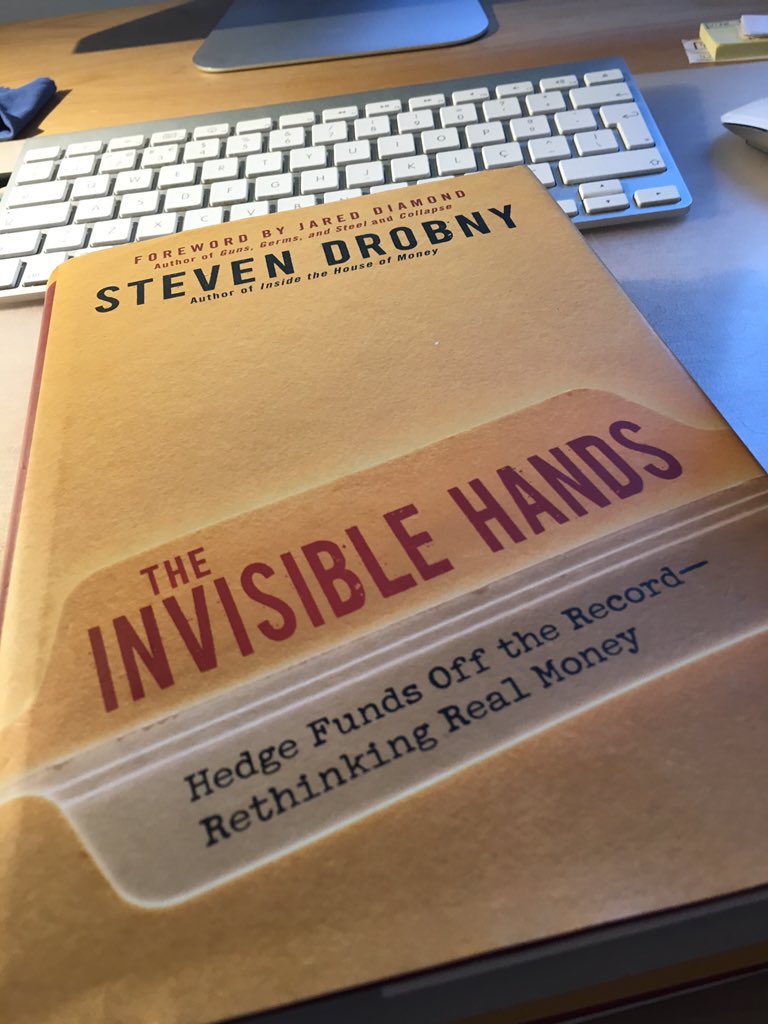
Most people do Not Understand The Fox and the Grapes




Take Print Out & Keep on your DESK !

The “Chaos Theory” contradicts reason, in fact it is somewhat of an oxymoron!
The “Chaos Theory” leads us to believe that a definitive knowledge about incomprehensible phenomena can lead us to unstable behavior that occurs when the state of the system uses no regular values!
Interesting questions can arise concerning why chaos has recently been noticed! Can the answer be given by the following folklore?

“For want of a nail, the shoe was lost.
For want of a shoe, the horse was lost.
For want of a horse, the rider was lost.
For want of a rider, a message was lost.
For want of a message, the battle was lost.
For want of a battle, the kingdom was lost!”
Small variations in initial conditions result in huge, dynamic transformations in concluding events. That is to say that there was no nail, and, therefore, the kingdom was lost!
Chaos!
Who wants the nail?
Which is the kingdom?

 Technical analysis is a windsock, not a crystal ball. It is a skill that improves with experience and study. Always be a student, there is always someone smarter than you!
Technical analysis is a windsock, not a crystal ball. It is a skill that improves with experience and study. Always be a student, there is always someone smarter than you!
• “Thou Shall Not Trade Against the Trend.”
• Let volatility work in your favor, not against you.
• Watch what our “Politicos” do, not say.
• Markets tend to regress to the mean over time.
• Emotions can be the enemy of the trader and investor, as fear and greed play an important part of one’s decision making process.
• Portfolios heavy with underperforming stocks rarely outperform the stock market!
• Even the best looking chart can fall apart for no apparent reason. Thus, never fall in love with a position but instead remain vigilant in managing risk and expectations. Use volume as a confirming guidepost.
• When trading, if a stock doesn’t perform as expected within a short time period, either close it out or tighten your stop-loss point. (more…)
“Long-term commitment to new learning and new philosophy is required of any management that seeks transformation. The timid and the fainthearted, and the people that expect quick results, are doomed to disappointment.” -W. Edwards Deming
Dr. Deming’s Ideas Dr. Deming’s famous 14 Points, originally presented in Out of the Crisis, serve as management guidelines. The points cultivate a fertile soil in which a more efficient workplace, higher profits, and increased productivity may grow.
Create and communicate to all employees a statement of the aims and purposes of the company.
Adapt to the new philosophy of the day; industries and economics are always changing.
Build quality into a product throughout production.
End the practice of awarding business on the basis of price tag alone; instead, try a long-term relationship based on established loyalty and trust.
Work to constantly improve quality and productivity.
Institute on-the-job training.
Teach and institute leadership to improve all job functions.
Drive out fear; create trust.
Strive to reduce intradepartmental conflicts.
Eliminate exhortations for the work force; instead, focus on the system and morale.
(a) Eliminate work standard quotas for production. Substitute leadership methods for improvement.
(b) Eliminate MBO. Avoid numerical goals. Alternatively, learn the capabilities of processes, and how to improve them.Remove barriers that rob people of pride of workmanship
Educate with self-improvement programs.
Include everyone in the company to accomplish the transformation.